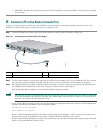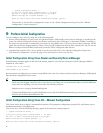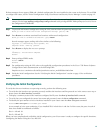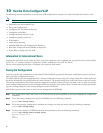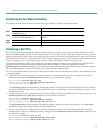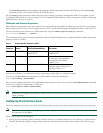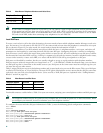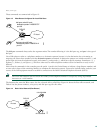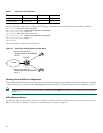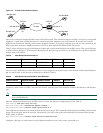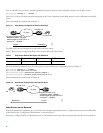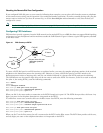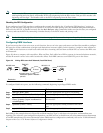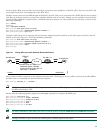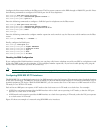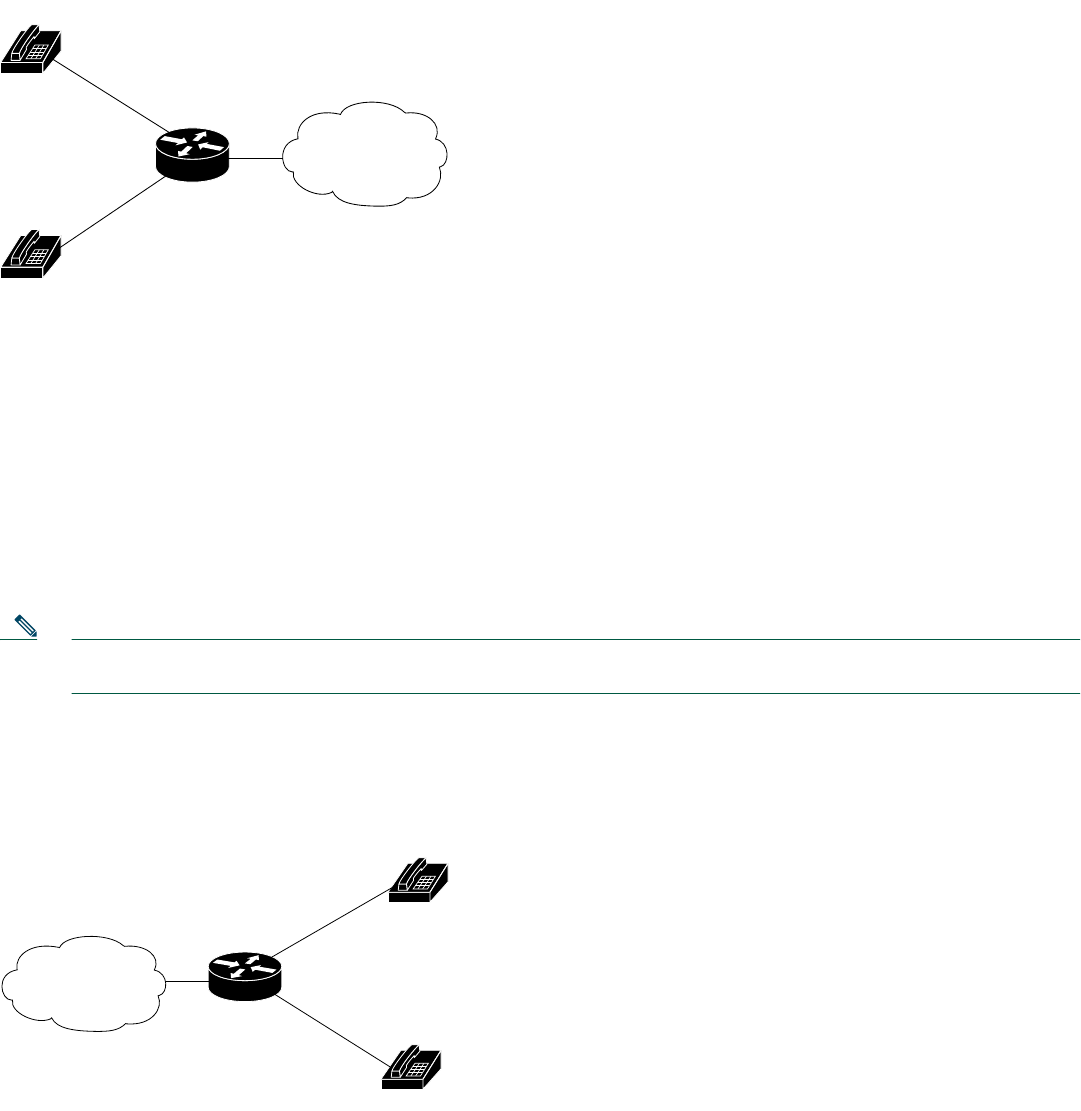
19
West(config)#
These commands are summarized in Figure 13.
Figure 13 West Router Configured for Local Dial Peers
The dial-peer command always takes the argument voice. The number following it is the dial-peer tag, and pots is the type of
dial peer.
Cisco IOS software refers to a telephone number as a destination pattern because it is the destination for an incoming or
outgoing call. Enter these numbers with the destination-pattern command. A destination pattern can include asterisks (*) and
pound signs (#) from the telephone keypad, and commas (,) and periods (.), which have special meanings. Parentheses ( () ),
hyphens (-), slashes (/), and spaces ( ), which are often used to make telephone numbers easier for humans to read, are not
allowed.
Notice that the commands in the examples puts the prefix 1 (used in the United States to indicate a long-distance number) and
an area code in front of the remaining numbers to complete the destination pattern. You need to include similar codes for your
country if the VoIP equipment needs to establish a connection to the Public Switched Telephone Network (PSTN).
Note The Cisco IOS software does not check the validity of the telephone number. It accepts any string of permitted
characters as a valid number.
The business that owns the West router also has a branch office, called East. Figure 14 shows the East office network, and
Table 4 lists the phone numbers, voice ports, and dial-peer tags for this office.
Figure 14 Basic Voice Network (East Router)
dial-peer voice 401 pots
destination-pattern 14085553737
port 0/0
dial-peer voice 402 pots
destination-pattern 14085554141
port 0/1
FXS VIC
0/0
FXS VIC
0/1
West
IP cloud
22635
919 555-8282
919 555-9595
FXS VIC
1/0
FXS VIC
1/1
East
22333
IP cloud



